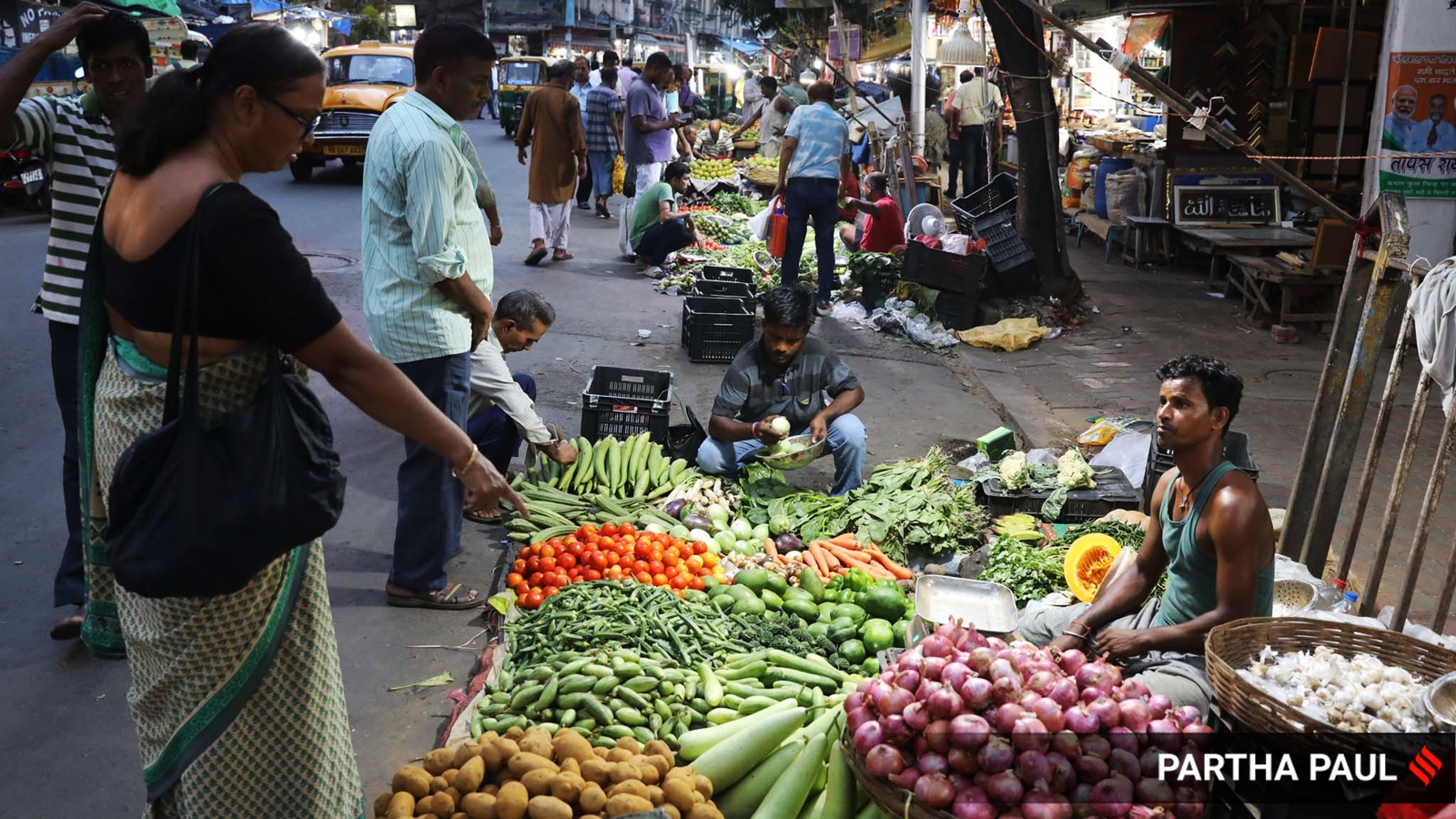Over the past several months, there has been much debate on when the Reserve Bank of India is likely to pivot — when it will begin to cut interest rates. The RBI’s monetary policy committee, including the newly reconstituted committee, has so far maintained a status quo on rates. In its last meeting, however, the committee did change its stance from “withdrawal of accommodation” to “neutral”.
Some have argued, including two former members of the central bank’s monetary policy committee — Jayanth Varma and Ashima Goyal — that considering the growth-inflation dynamics, policy rates should have already been eased. That considering the trajectory of inflation, especially core inflation, the underlying growth momentum in the economy, and the long lags with which policy action is felt across the economy, the central bank may well have fallen behind the curve.
On Friday, RBI Governor Shaktikanta Das sought to dismiss these concerns. Speaking at an event, he said: “I would like to say that certainly, we are not behind the curve”. He added that “a rate cut at this stage will be very premature and can be very risky”. Brushing off worries about growth, Das emphasised that “the India growth story remains intact”.
In recent months, central banks across the world have begun to lower interest rates. Among the major central banks, the European Central Bank first began to cut rates. It lowered interest rates in June, and since then, has cut rates further. In August, the Bank of England reduced rates, and in September, the US Federal Reserve lowered rates by 50 basis points. There are expectations that the Fed is likely to cut rates by another 50 basis points over the course of the next few meetings.
In the July update of the World Economic Outlook, the International Monetary Fund had noted that “a number of central banks in emerging market economies remain cautious in regard to cutting rates owing to external risks triggered by changes in interest rate differentials and associated depreciation of those economies’ currencies against the dollar.” However, the subsequent Fed pivot has paved the way for emerging economy central banks to also lower rates. For instance, the Bank of Indonesia cut rates just a few hours prior to the widely expected rate cut by the Fed in its September meeting.
The Reserve Bank Of India, however, remains worried about prices, even though retail inflation, as measured by the consumer price index, eased from 5.7 per cent in December last year to 3.7 per cent in August. While inflation did rise to a nine-month high of 5.5 per cent in September, this was expected. Much of this was due to a surge in food and beverages, which in turn was driven by vegetables.
The RBI’s concern is that if food inflation remains high, and inflation expectations become “unanchored”, it could spill over to core inflation, “through pick-up in wages on cost-of-living considerations.” However, there is little evidence of this materialising. Core inflation remains subdued at 3.8 per cent, perhaps signalling that demand remains weak.
Further, there are also expectations of food prices softening by December. The arrival of the Kharif crop should cause a calming effect on prices, and the prospects for the Rabi crop are also good with the La Niña effect likely to play out.
Despite this, commentary from the central bank suggests that it appears to be more worried about inflation, and less about growth. In fact, it is quite optimistic about growth prospects. The RBI expects the economy to grow at 7.2 per cent this year. Others are, however, less certain — Crisil has pegged growth at 6.8 per cent, while ICRA has projected 7 per cent. In comparison, the economy grew at 6.7 per cent in the first quarter.
The growth-inflation dynamic raises several questions: What if the underlying economic growth momentum in the country is actually slower than expectations? How restrictive should policy rates be at this juncture?
The MPC statement suggests that any policy action is contingent upon greater certainty over the trajectory of inflation. As per the RBI’s forecasts, inflation is expected to average 4.8 per cent in the third quarter, falling to 4.2 per cent in the fourth quarter. If prices, especially food prices, move along expected lines, if there is comfort in the “progress towards realising a durable disinflation towards the target,” it could then prompt the RBI to cut rates.
Thanks,
Ishan Bakshi



